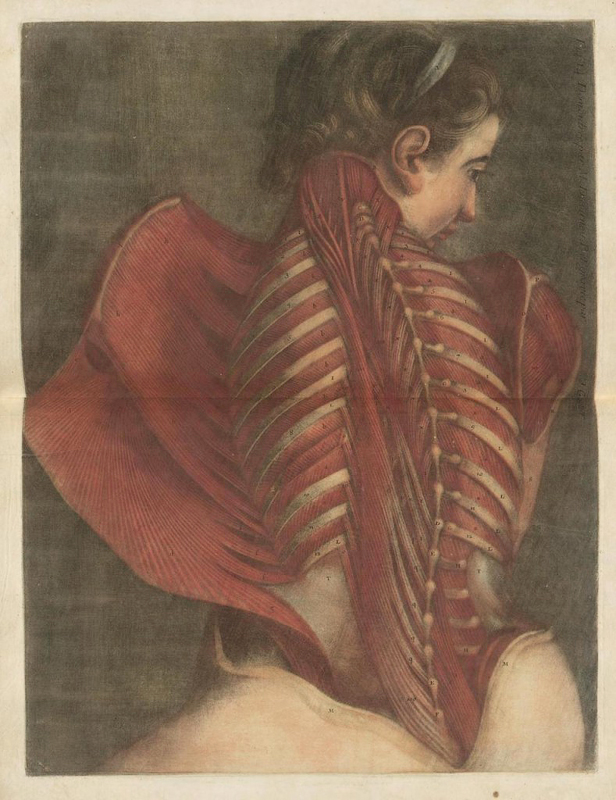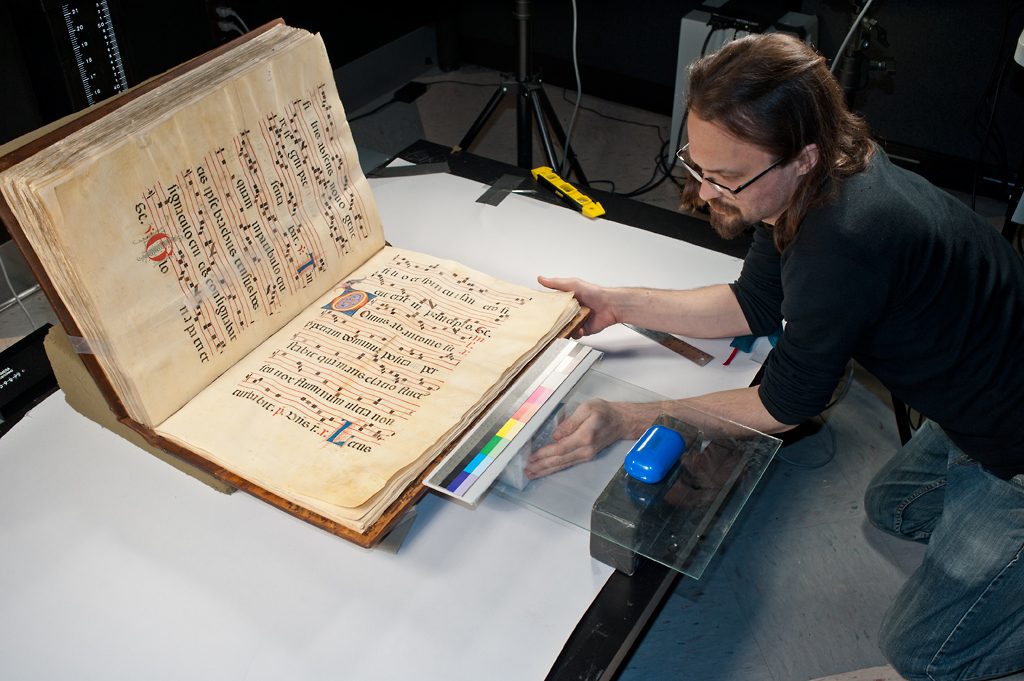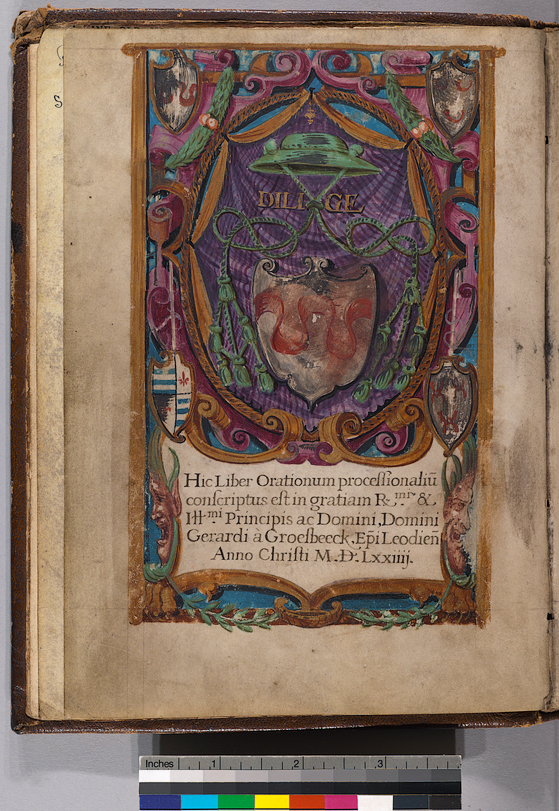Researchers and students today have an increasing expectation of being able to find needed materials and information online. Libraries and other cultural heritage institutions have responded by focusing on digitization for both preservation and access to these cultural heritage materials. The Digital Imaging Lab, as part of the Preservation and Digital Conversion Division, is at the center of the creation of digital surrogates for preservation and online access at Columbia University.

Digital surrogates are “faithful” reproductions of an object at the time it is photographed. It is an accurate record of the item’s appearance and condition at a singular point in time. Since we want to handle the material as little as possible, a use-neutral file is created that is large enough to cover the many expected uses of an image file, from viewing on a computer monitor to reproduction in books and journals. But how do we know what is large enough? Back in 2010, in order to ensure a certain level of quality, federal agencies set about writing a set best practices for all those involved with the creation of digital surrogates for the federal government. This became known as The Federal Agencies Digitization Guidelines Initiative or FADGI. These guidelines became the standard for cultural heritage institutions here in America. European institutions adopted similar standards, known as Metamorfoze. In the Digital Imaging Lab we strive to reach the 3 and 4 star ratings parameters set forth in these guidelines (page 10 of the FADGI guidelines has an explanation of the star rating system).

By far the biggest challenge faced by any institution in the creation of digital surrogates is the capture of accurate color. Color is a highly complex subject. It is thought that the perception of color takes place in the mind as an endpoint of a sequence of physical, physiological and psychological events. Each individual perceives color in his or her own unique way. Just like individuals, every device used in our lab, from the monitors we use to the cameras to the printers, capture and display color differently. Luckily scientists have been studying color for a long time and there exist several models for the mathematical description of color. In the digital realm we use a color model called RGB, named for the red, green and blue light that devices use in capturing and displaying color. Certain amounts of each of these lights (on a scale of 0 to 255) will produce almost all of the colors we can perceive.
Before we can use any device in the Digital Imaging Lab we must first find out how that device captures or displays color, and then, using software, we can bring it to a known state of color capture or display. The process in a nutshell is this: using scientifically created and widely recognized color targets that have patches of mathematically defined colors, we have the device capture an image of the target (or for a monitor, display a set of defined colors). We note how far off the device is and then create a set of offsets (or corrections) for the device. These offsets are what are typically called color profiles.
This is a very simplified version of what goes into color profiles. The color of the walls, ambient lighting, the position and type of lights being used for photography, all have unique characteristics that must be dealt with when getting ready to create a digital surrogate. Even the pigments in the object being imaged can affect the sensor in unique and surprising ways. Contrary to the wishes of most cultural heritage institutions, creating high quality digital surrogates that have a good chance of persisting long into the future, is never as simple as pushing a button.
